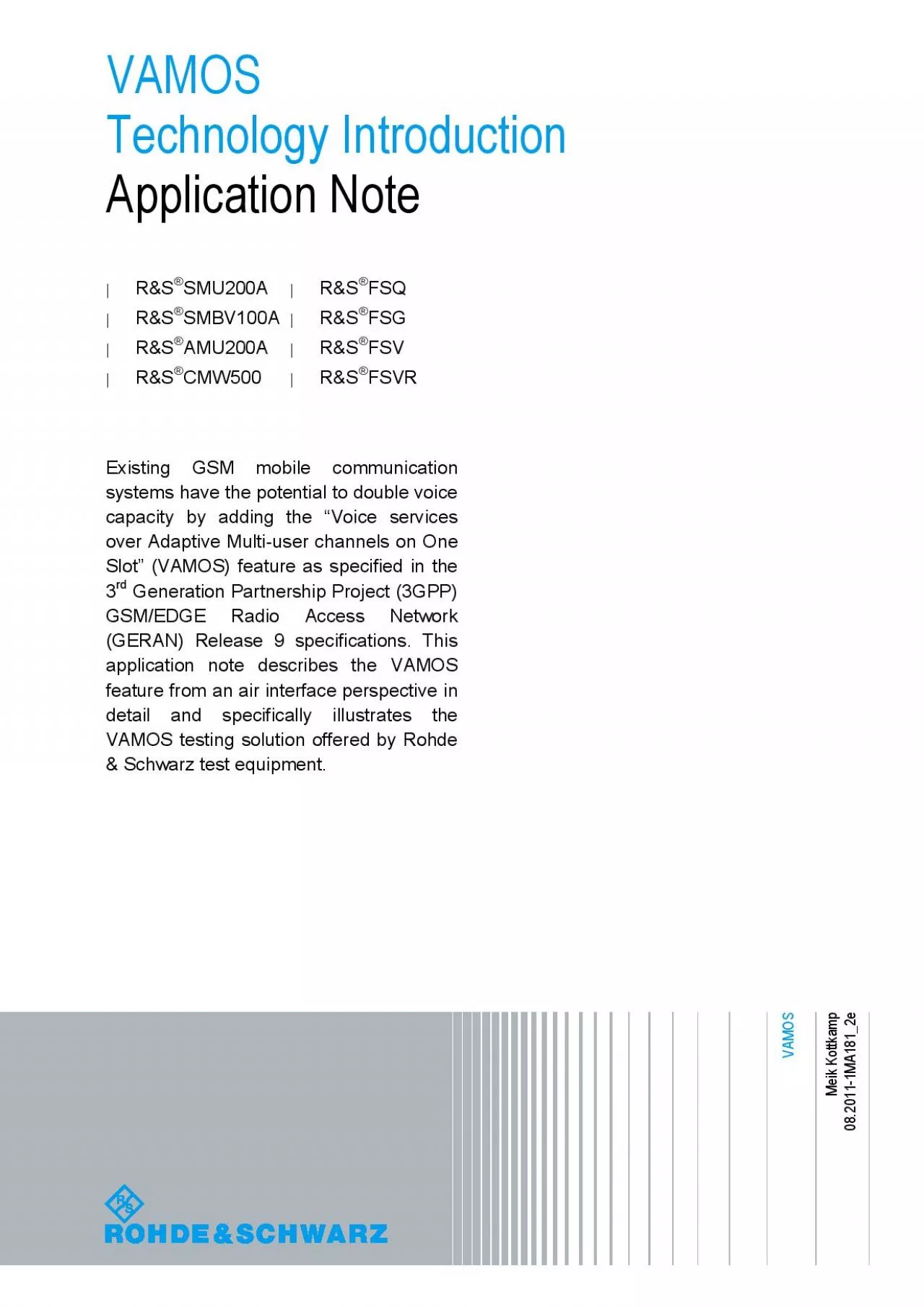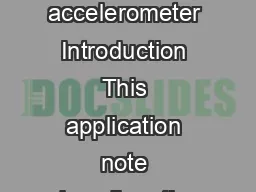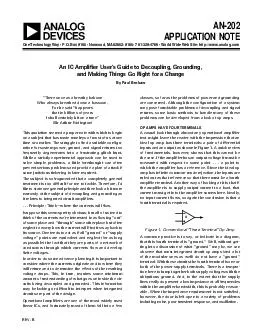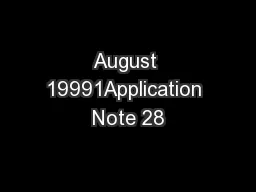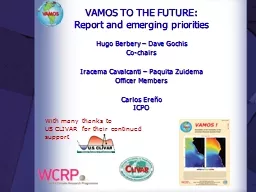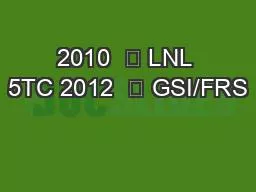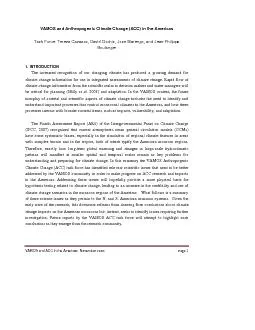PDF-VAMOS Technology Introduction Application Note R&SSMU200A R&SSMBV100A
Author : smith | Published Date : 2021-04-14
RSAMU200A RSCMW500 RSFSQ RSFSG RSFSV RSFSVR Existing GSM mobile communication systems have the potential to double voice capacity by adding theₓ Voice services
Presentation Embed Code
Download Presentation
Download Presentation The PPT/PDF document "VAMOS Technology Introduction Applicatio..." is the property of its rightful owner. Permission is granted to download and print the materials on this website for personal, non-commercial use only, and to display it on your personal computer provided you do not modify the materials and that you retain all copyright notices contained in the materials. By downloading content from our website, you accept the terms of this agreement.
VAMOS Technology Introduction Application Note R&SSMU200A R&SSMBV100A: Transcript
Download Rules Of Document
"VAMOS Technology Introduction Application Note R&SSMU200A R&SSMBV100A"The content belongs to its owner. You may download and print it for personal use, without modification, and keep all copyright notices. By downloading, you agree to these terms.
Related Documents

